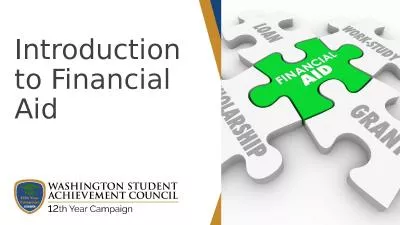PPT-Finding the Money Understanding Financial Aid For High School Seniors and Families
Author : ellena-manuel | Published Date : 2019-11-02
Finding the Money Understanding Financial Aid For High School Seniors and Families Howard Community College Financial Aid Services Fall 2017 2 A College Education
Presentation Embed Code
Download Presentation
Download Presentation The PPT/PDF document "Finding the Money Understanding Financia..." is the property of its rightful owner. Permission is granted to download and print the materials on this website for personal, non-commercial use only, and to display it on your personal computer provided you do not modify the materials and that you retain all copyright notices contained in the materials. By downloading content from our website, you accept the terms of this agreement.
Finding the Money Understanding Financial Aid For High School Seniors and Families: Transcript
Download Rules Of Document
"Finding the Money Understanding Financial Aid For High School Seniors and Families"The content belongs to its owner. You may download and print it for personal use, without modification, and keep all copyright notices. By downloading, you agree to these terms.
Related Documents


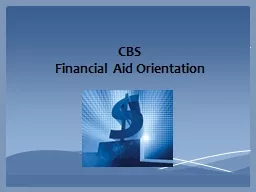

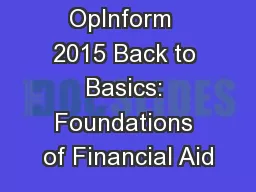
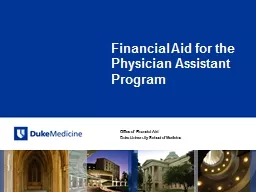

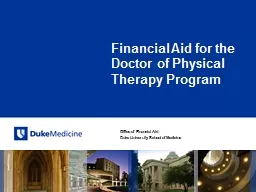

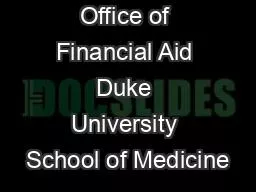
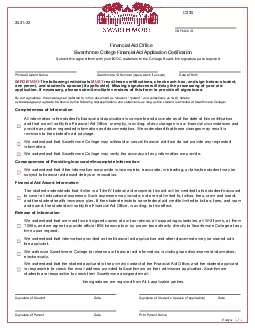
![[READ] - Financial Aid for the Disabled and Their Families 2010-2012 (Financial Aid for](https://thumbs.docslides.com/906754/read-financial-aid-for-the-disabled-and-their-families-2010-2012-financial-aid-for-the-disabled-their-families.jpg)
